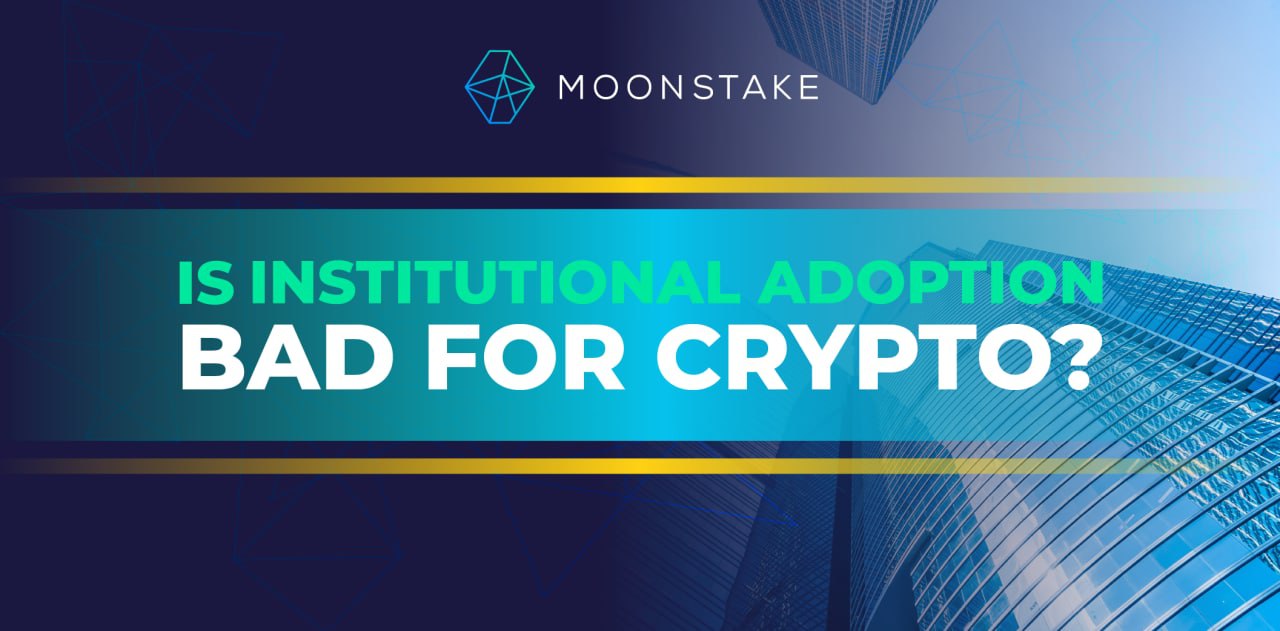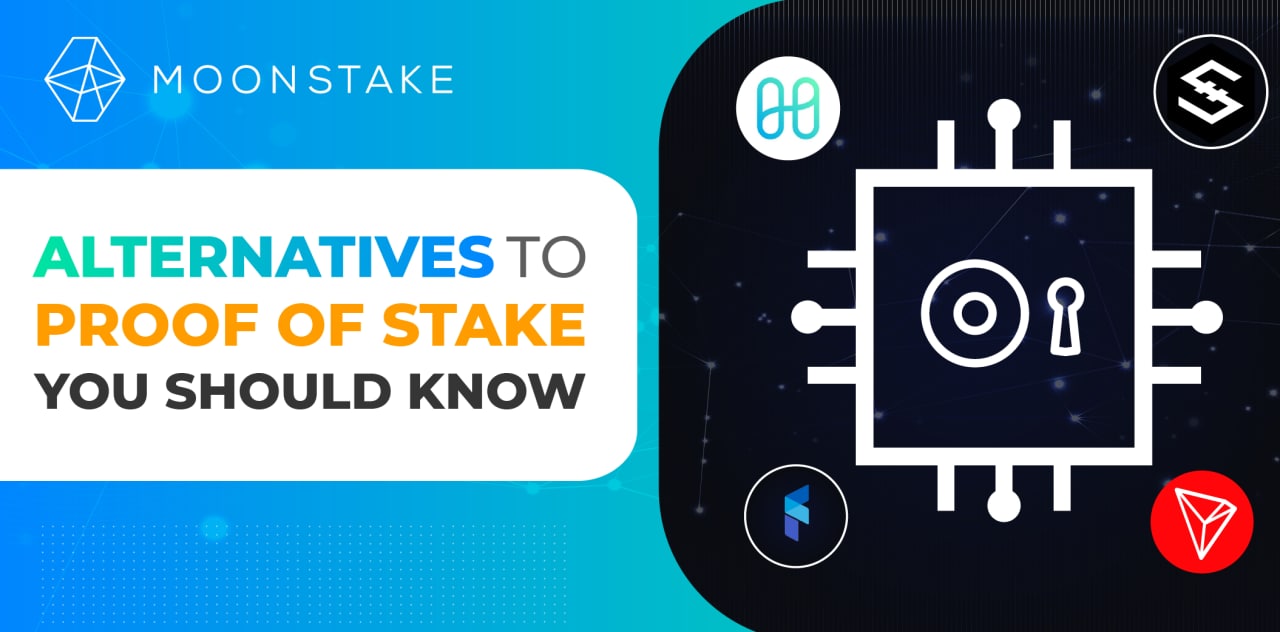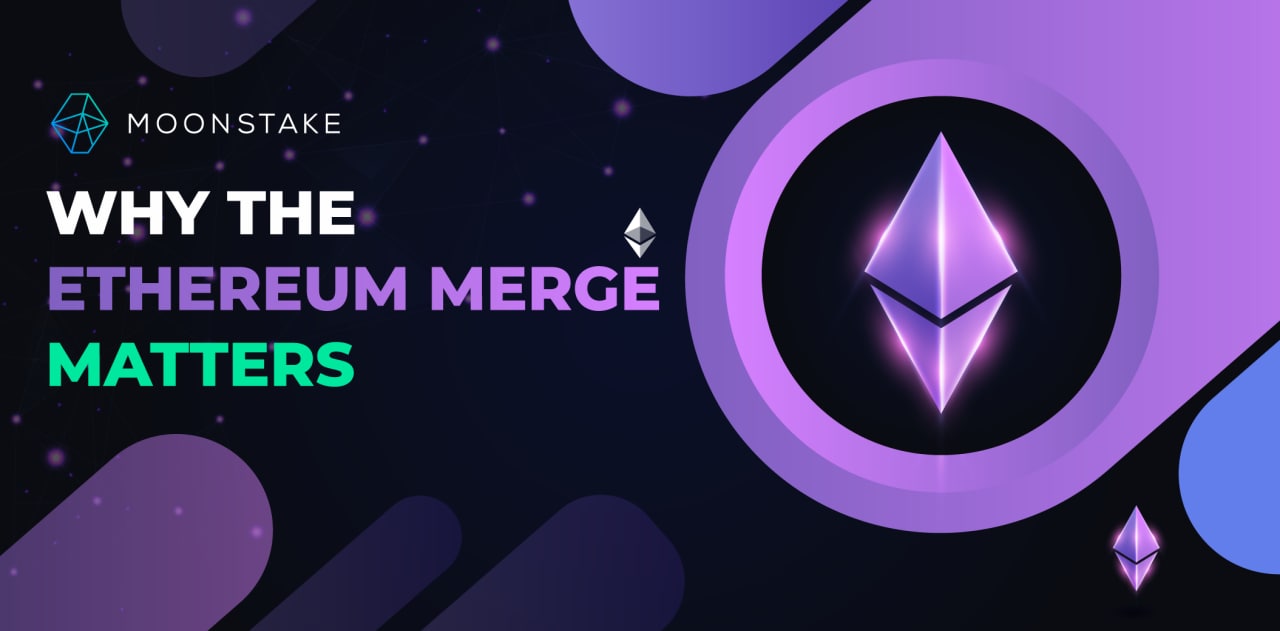Mainstream adoption has always been one of the biggest goals set by blockchain projects, seen as the end goal of the industry. After all, having blockchain technology used on a global scale by the biggest institutions is the ultimate proof of usability, right? However, there are some crypto users out there who strongly believe that institutional adoption will bring more harm than good for the industry. In this article, let’s explore the different perspectives of proponents as well as opponents of institutional blockchain adoption.
Why Institutional Adoption is Important
As mentioned above, having big corporations and institutions adopt blockchain proves that the technology is actually viable in large-scale, everyday use by billions of people across the globe. After all, Bitcoin’s original vision in its whitepaper is “digital money that anyone can spend without needing to go through a bank or any other centralized organization”. Even today, many people still express doubt about whether this “lofty vision” is actually practical at all, since they believe that cryptocurrency is just a scam and “not real”. This is why it is important for blockchain and crypto to be accepted and adopted by the mainstream, especially major organizations.
Additionally, big adoption news tends to bring positive price developments. Getting embraced by a big institution is a major development milestone for any blockchain and typically results in significant market price increases for the coin. As a recent example, Solana blockchain’s current active roadmap and major adoption milestones have resulted in the coin’s positive price trajectory as of late amidst the ongoing bear market. As crypto investors, this is of course nothing but good news for us!
Lastly, we of course believe that the values blockchain can change the world for the better. The idea of completely removing intermediaries and putting power in the hands of individuals is incredibly disruptive and arguably, a natural evolution of our world. The Internet and advancement in technology have allowed us to accomplish things we never thought possible before, like talking to other people from all over the world, purchasing goods, getting food and groceries, or even studying for a degree. Now, with crypto and blockchain, we can even freely send money to anyone from anywhere in the world, own digital collectibles just as, if not more valuable than physical art, and utilize as well as earn from ways we never imagine we could in the past: lending, staking, DeFi, etc. As such, making a bigger transition into the digital era with digital assets and decentralized financial systems simply feels like the correct, natural evolution of society as believers of the blockchain.
Why Some Are Against Institutional Adoption
So why would believers of the blockchain oppose mainstream adoption of the technology they believe so much in? One common reason stated is that blockchain will no longer be decentralized once centralized organizations get their hands on it. Since decentralized technology is all about enabling peer-to-peer connection between users and eliminating the central authority, having centralized organizations such as banks investing (thus having a higher stake) in blockchain seems rather ironic. Some users fear that banks, which centralize control of money, will try to establish centralization in blockchain ecosystems without bringing anything of value from their legacy system. Developments such as the Swedish bank creating its own cryptocurrency, e-krona, further lead opponents to create conspiracies such as institutions only wanting to stop the reduction in cash usage or even wanting to create “centralized” cryptocurrencies.
However, it is important to understand how banks are utilizing blockchain to determine whether this is true. Right now, banks are primarily exploring how to utilize the technology of encrypted decentralized ledgers and smart contracts to improve data sharing and exchange. In particular, JP Morgan is currently offering a blockchain-powered solution to help banks request confirmation of the beneficiary account information and receive responses directly from other participating banks receiving the requests in near real-time, and more than 380 banks around the world are currently using this solution. Other banks like HSBC are utilizing blockchain more for transaction processing, such as the ability to issue digital tokens instead of paper certificates. And there are many other examples of banks trying to use blockchain to improve infrastructural procedures.
Additionally, some users fear that “blockchain-powered” services provided by institutions won’t be secure and private like typical decentralized services in the industry. However, as mentioned above, if institutions are only using blockchain to improve internal infrastructure and operations, this shouldn’t affect everyday end users. It is understandable that we should be wary of banks’ attempts to create a “central bank-created digital currency”. However, we should also recognize and celebrate genuine efforts to improve traditional banking infrastructure and operations using blockchain technology.
Conclusion
Overall, institutional adoption can definitely bring more positivity to the industry than harm. However, as followers, builders, and believers of blockchain technology, it is important that we stay cognizant of all the important news and development of the market, including mainstream adoption progress – so that we can contribute our voice and actions to impact the direction of the ecosystems we take part in. After all, power to the individual is the foundation of decentralized technology!
To stay updated on industry news as well as Moonstake developments, follow us on Twitter and Telegram.




